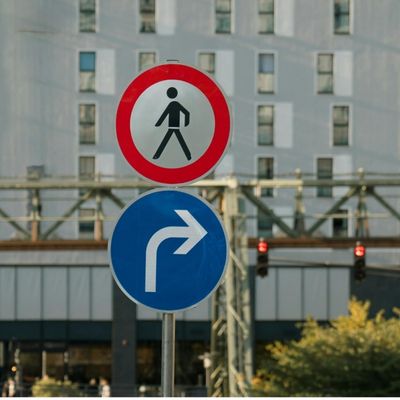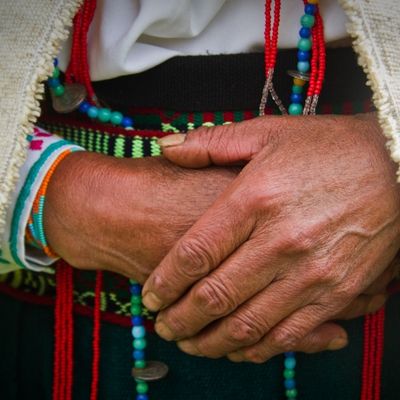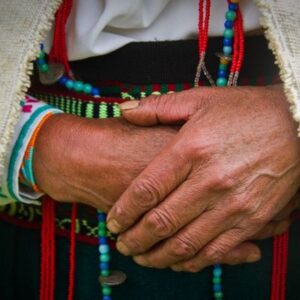
Seeing rising suicide rates in certain populations is always a cause for concern. It is especially concerning when these rates are happening among young people. In the U.S., suicide rates among Black youth have been increasing in recent years. While there are many possible factors, this should signal that work needs to be done and change needs to be made.
Suicide Trends Affecting Black Youth
From 2018 to 2021, suicide rates increased from 8.2% to 11.2% for Black youth ages 10–24. [1] It was the third leading cause of death for this age demographic in 2022. [2] When looking further back, in the last 25 years, self-reported Black youth suicide attempts have increased by a staggering 73%. [3] Among Black youth, suicide rates for males were four times higher than females in 2021. [4]
According to the Suicide Prevention Resource Center, suicide rates among Black populations peaked for youth between the years 2011–2020. There was a sharp spike in suicide rates starting for those around age 15 with the highest rates being in the 25–34 age range. However, rates slowly and steadily declined with each age group afterwards. This pattern is noticeably different than that of the overall U.S. population, where the highest suicide rates happen between the ages of 45–54 as well as 75 and older. [5] These numbers signal a huge concern that Black youth do not have appropriate mental health support.
Why are Black Youth at Risk?
Black communities face various barriers to treatment and support when it comes to mental health and suicide prevention. Youth may face particular challenges when it comes to finding and accessing limited resources. They also deal with other risk factors that often surround them. These difficulties can put them at a disadvantage. Here are a few of the leading factors when it comes to suicide risk among black youth.
COVID-19 pandemic
The pandemic hit some communities harder than others. Youth in particular were put in a difficult position. They had to adjust to remote learning, miss out on important milestone events, and were isolated from their friends. Black youth specifically may have faced even more difficulties, especially those living in low-income areas or households. Some segments of the Black youth population struggled greatly. They faced challenges from not having the tools or technology to keep up with school from home. Others were affected by being stuck in an abusive home environment. A study from the state of Maryland found that suicide rates doubled for Black youth during the early days of the pandemic. [6] However, it’s important to remember that even before the pandemic, suicide rates in Black youth were already rising, signaling that other factors have been playing a role.
Trauma exposure
Another contributing role in Black youth suicide is the exposure to trauma, violence, or other adverse childhood experiences (ACEs). Racial discrimination is one example of an ACE. This can be detected in children as young as six years old and is likely to stick with them throughout their lives. [7] Additionally, Black youth who are living in racially segregated and low-income areas are more likely than their peers to experience or witness violence in their families or neighborhoods. [8] Generational trauma may also be present in those whose parents or grandparents experienced violence, abuse, or discrimination. About 65% of Black youth report experiencing some kind of trauma in their lives. [9]
Limited access to culturally appropriate mental health care
Many Black communities are faced with barriers when it comes to receiving mental health care, especially care that is culturally appropriate. Socioeconomic disparities play a big factor, making it difficult for many in Black communities to access and afford the care they need. Only about 25% of Black people in the U.S. seek mental health care treatment, compared to 40% of white people. [10] Finding culturally appropriate mental health care is also important—yet it can be another barrier. Only about 2% of the U.S. psychologists are Black. [11] Seeing a Black mental health professional may not feel necessary to some. However, it’s important to find someone who is trained to provide culturally sensitive care. This creates a safe, judgement-free space and helps trust be more easily built.
Taking Steps Toward Black Youth Suicide Prevention
In order to start seeing a decline of suicide rates among Black youth, change has to be made across the board. First, investing in more research specifically focused on Black youth can be a way to shed more light on this growing problem. It can help others see that larger, systemic change needs to happen within Black communities. This includes better and more affordable access to quality healthcare. Additionally, the healthcare provided should be culturally appropriate. Finding ways to support current and future Black psychologists is another step in helping Black youth get access to culturally sensitive care. Finally, it’s important to continue to have open conversations around mental health to break the stigma. Many communities continue to push the narrative that opening up makes a person appear weak. Families and communities need to become safer places for young people to share their feelings, experiences, and ways they may be struggling.
Black youth need more support now than ever when it comes to their mental health. From the struggles of the pandemic to lack of appropriate and accessible resources, many in this population feel stuck and don’t know where to turn when they’re struggling. However, steps can be taken to help Black youth feel seen, heard, and supported. Through continual small steps and increased public awareness of this crisis, the seeds for change can be planted. This can start to positively impact Black communities and future generations.
If you’re curious to learn more, watch Strengths-Based Approaches to Suicide Prevention in the Black Community, an on-demand webinar hosted by Jasmin Brooks Stephens, PhD. In this talk, Dr. Brooks Stephens covers socio-cultural risk factors for Black youth as well as outlines steps that can be taken to address this crisis.
Remember, if you or someone you know is struggling or in a crisis, the 988 Suicide & Crisis Lifeline is available.
Sources:
[1] https://www.cdc.gov/mmwr/volumes/72/wr/pdfs/mm7206a4-h.pdf
[2] https://minorityhealth.hhs.gov/mental-and-behavioral-health-blackafrican-americans
[4] https://minorityhealth.hhs.gov/mental-and-behavioral-health-blackafrican-americans
[5] https://sprc.org/about-suicide/scope-of-the-problem/racial-and-ethnic-disparities/black-populations/
[6] https://pmc.ncbi.nlm.nih.gov/articles/PMC10227859/
[7] https://pmc.ncbi.nlm.nih.gov/articles/PMC9035019/
[9] https://www.mcleanhospital.org/essential/black-mental-health
[10] https://www.mcleanhospital.org/essential/black-mental-health
[11] https://www.mcleanhospital.org/essential/black-mental-health




